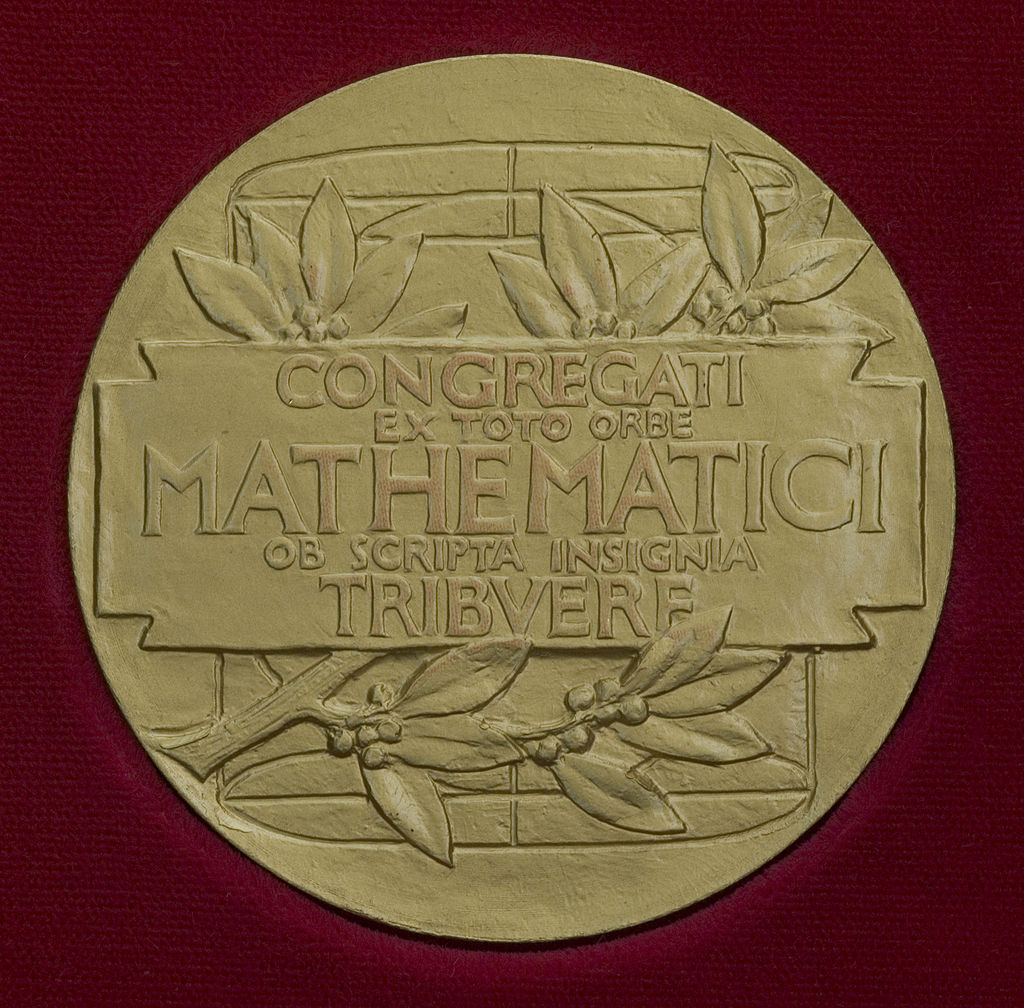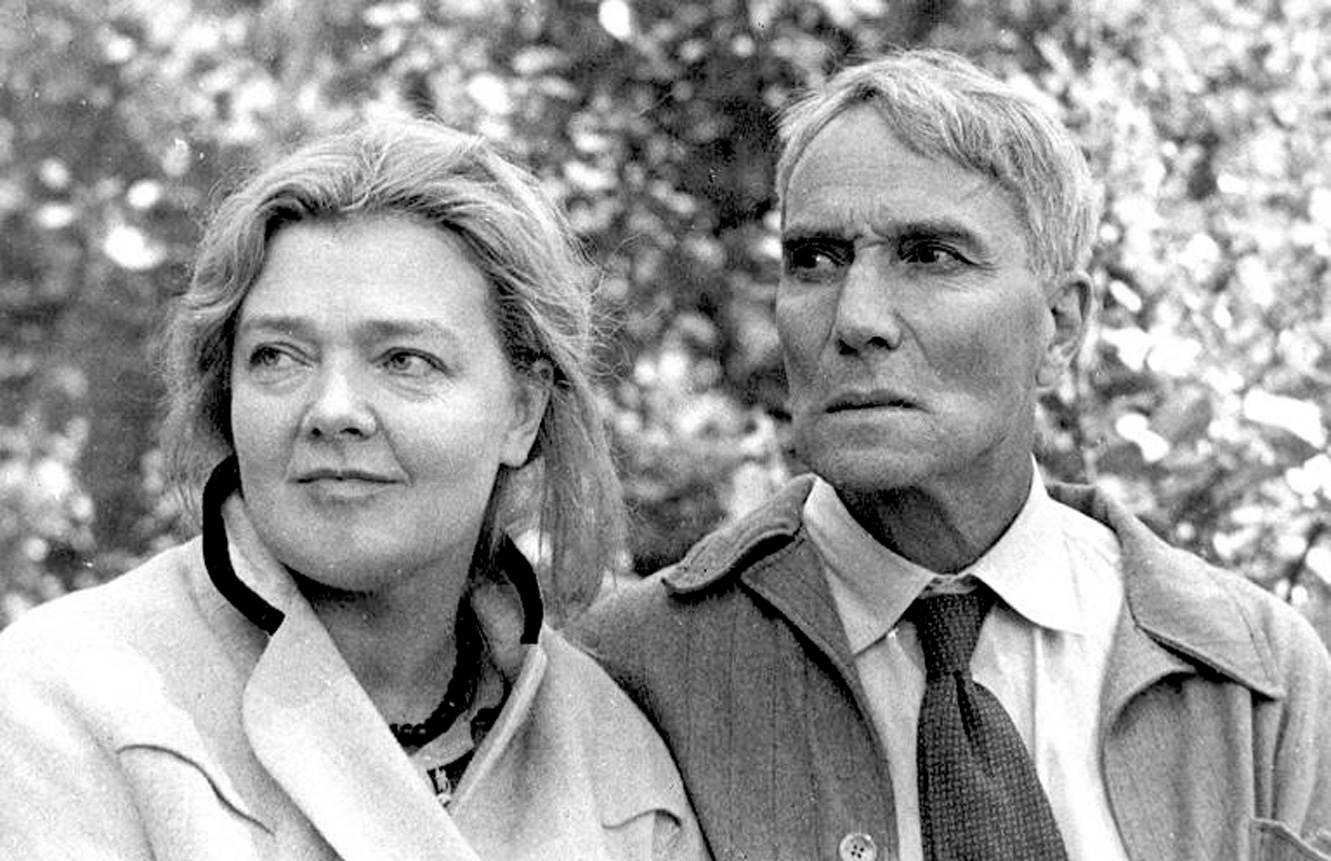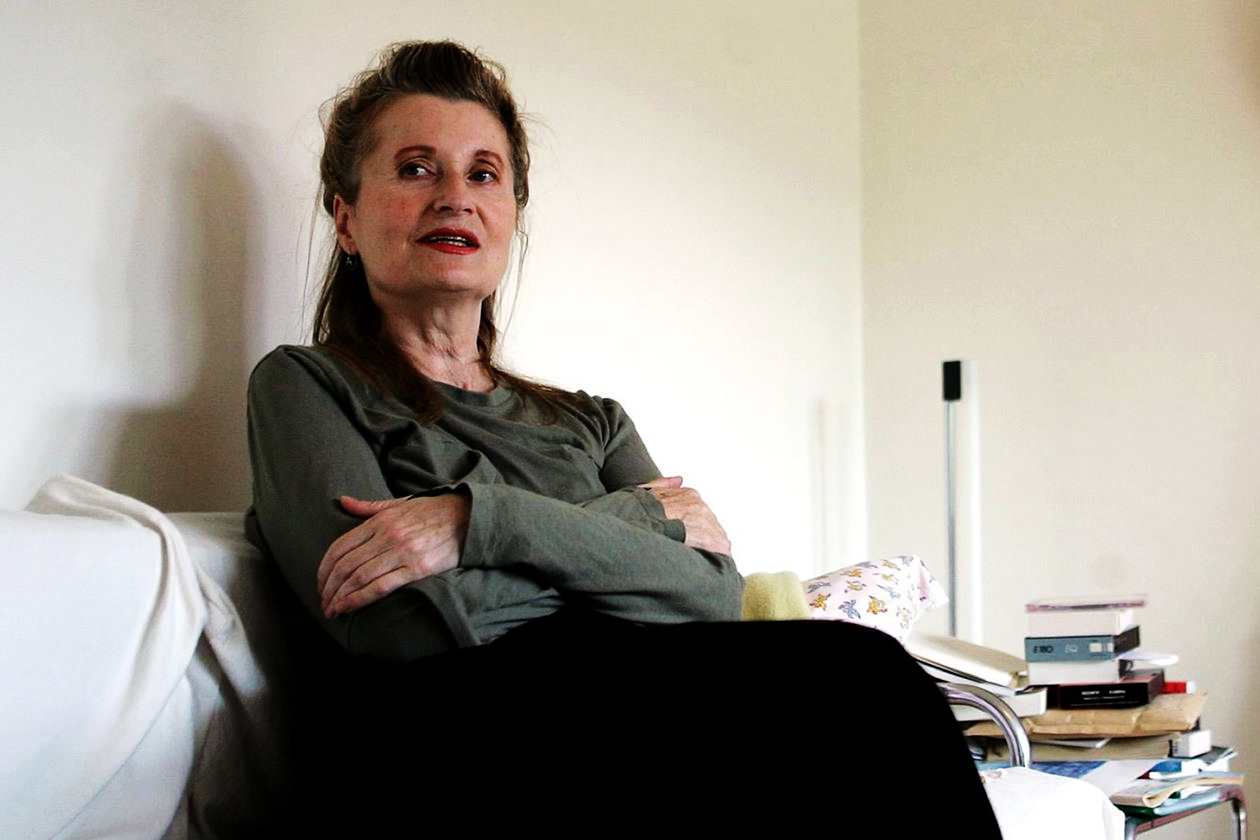Great Refusal Theory

The only reason why the 78-year-old great literary mind declined the award, was a favourite formula of idealists “Money means evil.” In a letter to a colleague from Finland Leo Tolstoy explained that money can only bring evil, therefore it is impossible to dispose of such a fortune without forfeiting honour. Järnefelt complied with request of the author of War and Peace, and the Prize went to the Italian poet Giosuè Carducci.
Another writer who rejected the award for altruistic reasons was Jean-Paul Sartre. In 1964 the award founders of the defined his work as “rich in ideas and filled with the spirit of freedom and the quest for truth”. The famous modernist, whose characters are poisoned and nauseous with drab existence and are stumbling upon a wall of non-understanding, acted in accordance with his principles. Independence, as “the most important concept of philosophy”, did not allow Sartre to accept the award. What kind of independence is it about? It is explained in the essay Why I refused the Prize: My sympathies for the Venezuelan revolutionists commit only myself, while if Jean-Paul Sartre the Nobel laureate champions the Venezuelan resistance, he also commits the entire Nobel Prize as an institution. This is not the first rejection of prize by Sartre: in 1945 high-rank friends suggested the philosopher to have the Legion of Honour medal, but the modernist did not accept this gift. And then even declared that literature functioned ultimately as a bourgeois substitute for real commitment in the world, which means that there is nothing left for him in novelism.
 For ideological reasons Grigori Perelman did not accept a cash prize, and it happened twice: in 2006 he declined the Fields Medal which is analogue of the Nobel Prize for mathematicians, and in 2010 he turned down prize of the Clay Mathematics Institute for solving the Poincaré conjecture, over which scientists had fought for more than a hundred years. The reasons remain unknown, however, there is a paradox: Perelman claims he does not need any money (by the way, the premium reached a million dollars!), yet he dwells on the outskirts of St. Petersburg in a small room having table, chairs, beds and cockroaches. According to another version, the mathematician has a keen sense of justice and believes that his contribution to science is equivalent to one of the American mathematician Richard Hamilton, and that reward shall find those who deserve it.
For ideological reasons Grigori Perelman did not accept a cash prize, and it happened twice: in 2006 he declined the Fields Medal which is analogue of the Nobel Prize for mathematicians, and in 2010 he turned down prize of the Clay Mathematics Institute for solving the Poincaré conjecture, over which scientists had fought for more than a hundred years. The reasons remain unknown, however, there is a paradox: Perelman claims he does not need any money (by the way, the premium reached a million dollars!), yet he dwells on the outskirts of St. Petersburg in a small room having table, chairs, beds and cockroaches. According to another version, the mathematician has a keen sense of justice and believes that his contribution to science is equivalent to one of the American mathematician Richard Hamilton, and that reward shall find those who deserve it.
However, for some of prominent minds rejection of international recognition was a real tragedy.
“What sort of dirty trick I’ve done, am I a murderer, a villain? I, who made the whole world crying of my homeland’s beauty…”
Boris Pasternak wrote those lines about persecution by the national authorities. Rumours that Pasternak nominated for the Nobel Prize spread from 1946 to 1950, but as soon as European journalists wrote about it, critics intensified in his homeland
“I would more likely be afraid this to become truth, than to wish it, despite such award does not necessarily mean a trip there, to the wide open world, nor an exchange of thoughts – but still, I wouldn’t be able to act as usual talking doll on such trip… Such a Babylon capture. “
In 1955 the writer finishes Doctor Zhivago and three years later he was awarded with the Nobel Prize. Then, as usual, followed threats of persecution and death penalty. Words of encouragement in the Western press seem a drop in the ocean of threats and humiliation, which Pasternak suffered in the Soviet Union. However, Boris Leonidovich did not lose faith till his muse and love Olga Ivinskaya, inspiration for the character of Lara in Doctor Zhivago, was dismissed from workplace. One grey October morning Pasternak goes to the telegraph and sends telegram to Stockholm with a decline of the Prize, and another telegram to the Party’s Central Committee “Restore Ivinskaya at her workplace, I declined the award”.

The authorities imposed similar circumstances on another writer of genius whose talent the Nobel Committee described as a “for the ethical force with which he has pursued the indispensable traditions of Russian literature.” Alexander Solzhenitsyn was not able to obtain the Prize from Sweden during 1970-1974 years, in fear of prohibition to come back to the Soviet Union. Nevertheless, the author of the cult novel The Gulag Archipelago was announced as a dissident and eventually he was deprived of citizenship. As they say, there would be a blessing in disguise - thus Solzhenitsyn was finally able to receive the cash reward. However, Solzhenitsyn turned down another award: in 1998 Boris Yeltsin signed a decree awarding him with the Order of St. Andrew the Apostle, to which the novelist commented “I cannot accept an award from the supreme authority which brought Russia to its current disastrous state… Maybe after a long time, when Russia finds its way out of its troubles, my sons will be able to receive it in my place. “
Finally, more recently in 2004 the Nobel Prize was awarded to an Austrian playwright and novelist Elfriede Jelinek.

She did not come to the ceremony on purpose, as considered such an honour to be undeserved. However, she did not snub the remuneration.
For many geniuses it is typical to perceive their gift as a game, rules of which either accepted, or rejected. The formal reasons for refusal from awards vary widely from ideological ones to blackmailing of relatives, nevertheless, the essence remains the same that is a reluctance to become dependent on the conditions imposed.





















